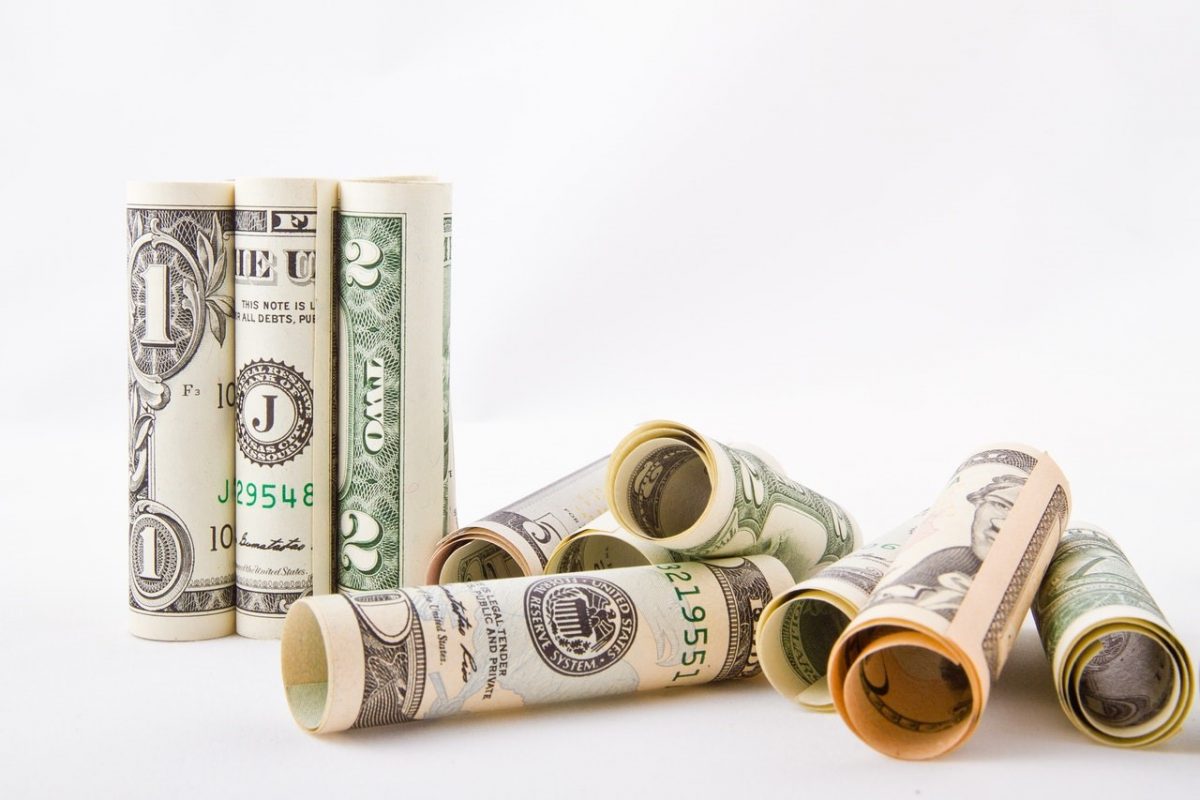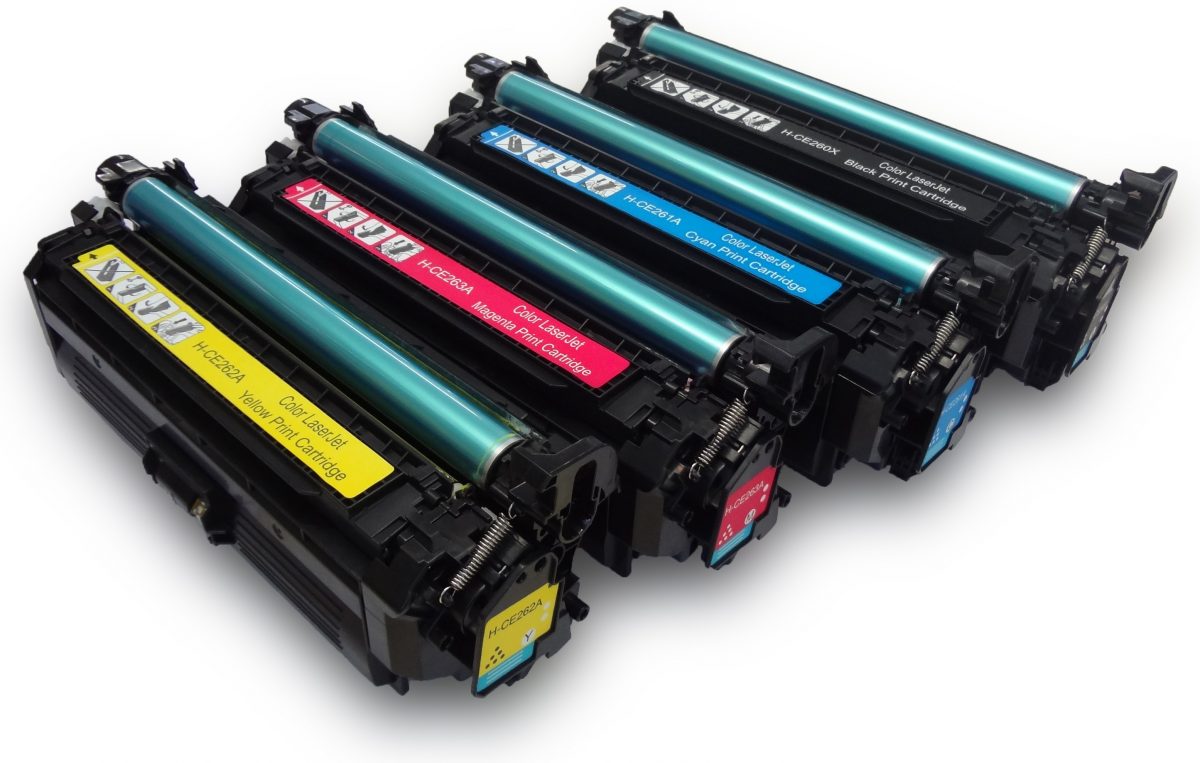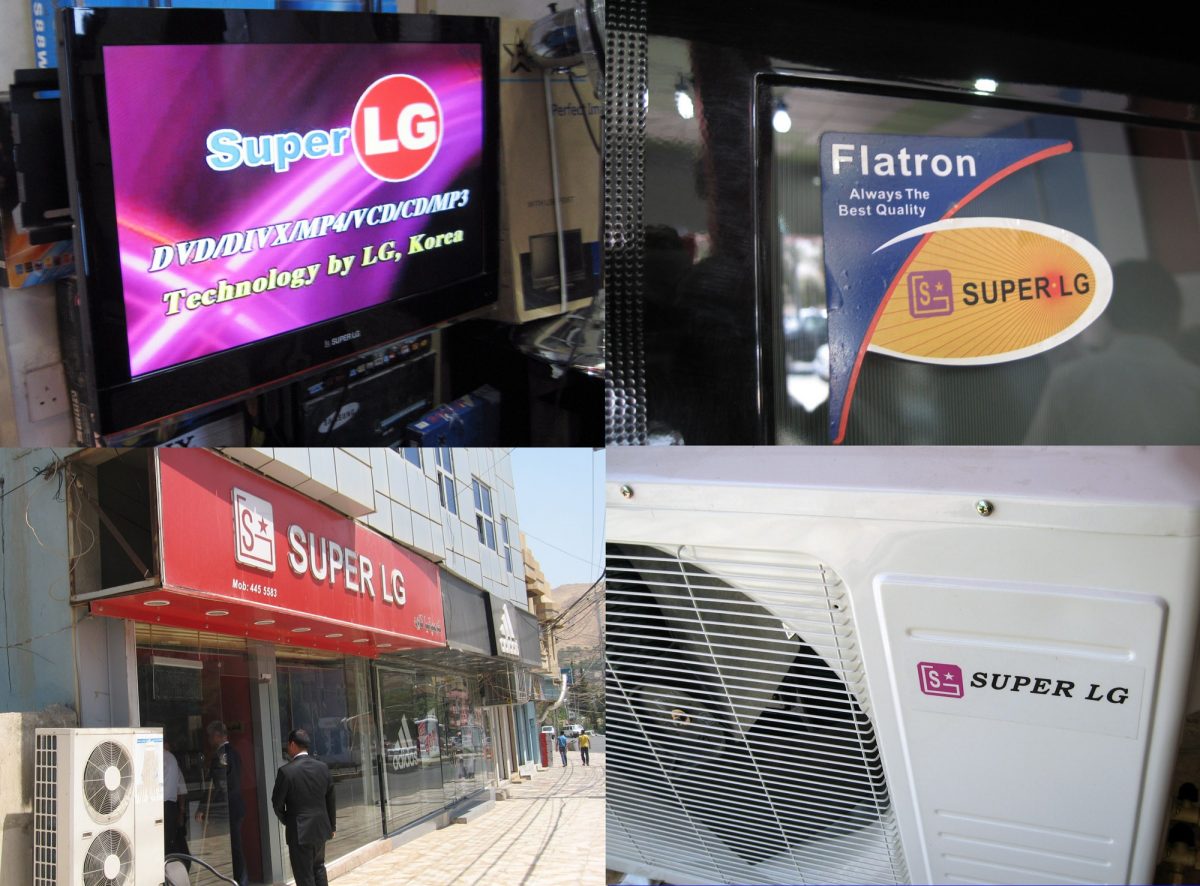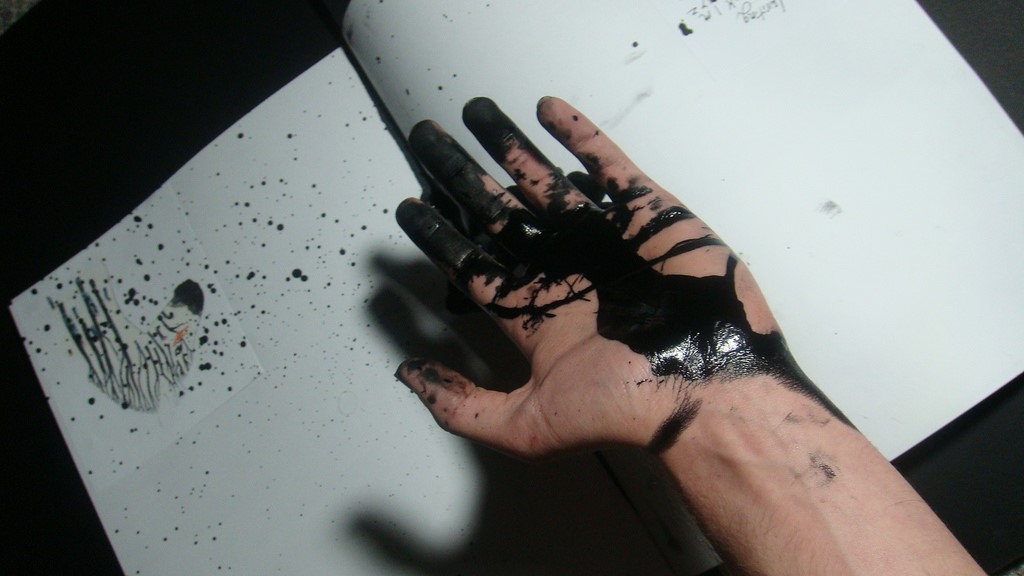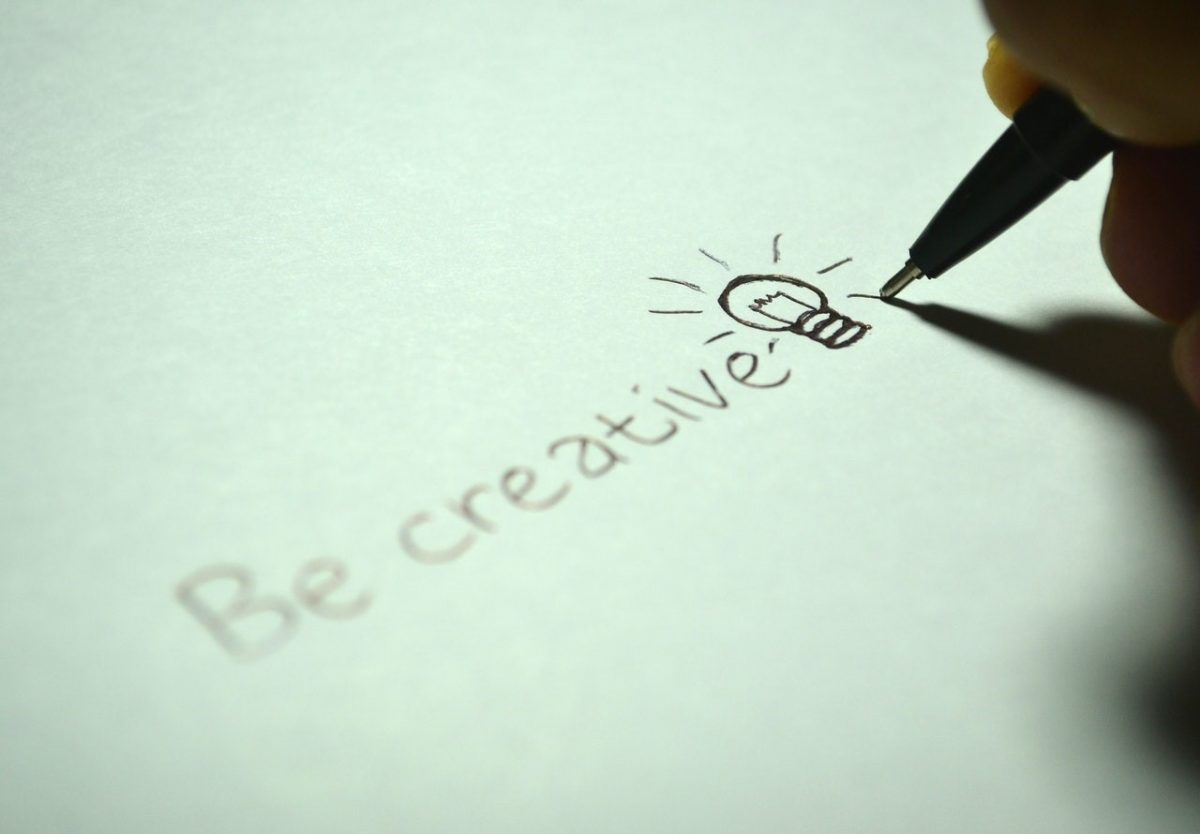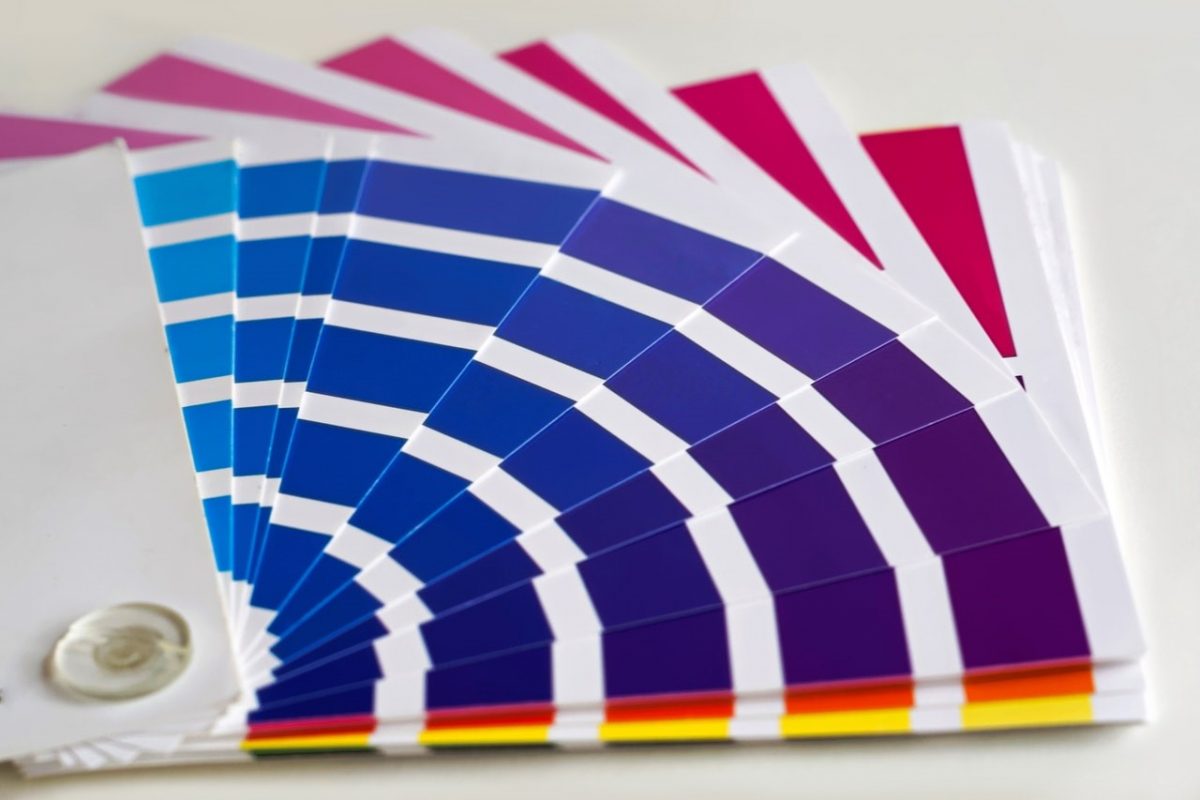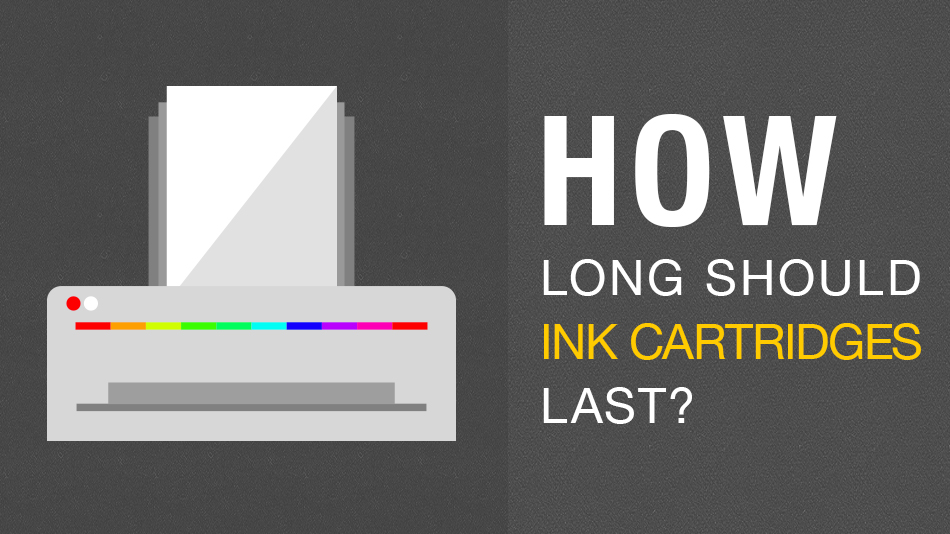It’s no secret that you can get money for your unwanted unused toner. But did you know that you can cash in on your used toner cartridges too? Even if it’s the humanitarian thing to do and recycle your toner cartridges for free, throwing some cash into the mix doesn’t hurt. You can choose to sell online as many companies offer free shipping or in store as some stores offer in store credit. We’ve rounded up our favorite picks to get you started on your journey to extra cash and for the folks looking just to save the planet without monetary gain, we’ve got you covered with some of our favorite and easiest ways to recycle.
eBay
The all-time classic place to sell anything, used cartridges are more than welcome on the eBay marketplace. It’s pretty easy to use and even though the website looks a little outdated, you still have a chance to make a good amount selling those unwanted cartridges. Just post some photos of your item in good condition and plug the specs in the ad so folks know exactly what you’re selling. These specs should include stuff like the model number, color and brand. The pro tip is to try selling in bulk to get around constant shipping costs but selling one at a time still works either way!
Buy-Back Companies
These companies buy your used cartridges and most times pay well for it. A great option for schools looking to encourage children to care for their environment, buy-back sites pay for large amounts of recyclable empty toner cartridges. For example, Cartridges for Kids and FundingFactory pay cash to schools and organizations looking to get rid of their unwanted used cartridges. They offer free shipping and ultimately a new stream of money for these establishments. Other buy back sites include NeedEmpty and UsRecycleInk that offer competitive prices and free shipping. Many of these companies advise customers to box their cartridges well and be sure their padding is efficient because if the cartridge is damaged during shipping, then there’s no deal. 
Rewards Programs
Popular office supply stores like Office Depot and Staples encourage folks to donate their used cartridges for store credit towards their next purchase. You can turn in as many as 10 (or sometimes more) at a time, so check with your office supply store to be sure. It’s easy to send in your used cartridges; just head over to the store and hand it to an assistant at the register or you can also request a shipping label online. Once the cartridges are received, you get money credited to your account for your next buy. This is a great option for the people who may want to stick with the familiar brands while saving the planet.
Craigslist
Almost anything could be sold off Craigslist, from used cars to used toner cartridges. You can be location specific and limit your post to only folks in your area. That makes it easier to evade those shipping costs and deal with a real person instead of a system. The biggest downside is the common knowledge that you cannot trust everyone on Craigslist. Therefore, be cautious of who you share personal and location specific information with.
Buy and Sell Apps
On the go apps like LetGo and Offerup are two alternatives to eBay and Craigslist that make selling your items online feel like a breeze. Just download the app, upload your photos to the site’s marketplace, and wait for potential buyers to reach out. Users can list their items for free and have the option of being location specific when selling their item. Empty toner cartridges are regular items for sale so be sure to take a look at some of the ads you see to know how to alter yours in order to attract buyers.
Manufacture Take-backs
Companies like Brother, Lexmark, Dell and Canon offer their customers an option to recycle their toner cartridges for free. You can request a shipping label online and mail in those empty cartridges. The companies only accept OEM cartridges and even though they don’t offer any cash back options, you’ll feel loads better knowing you’re saving the landfills from being over loaded. Even warehouse club super store Costco offers their customers the option of mailing or dropping in their empty cartridges, so check with your local store just in case.
Other Recycling Options
There are a number of ways to properly dispose of your empty toner cartridges and a helpful place to start is Earth911 where you can find the options nearest you. Other sites like RecycleNet are also useful to match you with recycling services. If you want to recycle and make some extra cash, go for it – any one of our recommendations is a great way to start. If you want to save the planet out of the goodness of your heart, no coins included, that’s great too! The point is to keep our environment safe and the cartridges out of the landfills. In the event that you’re unsure of how to dispose of your empty cartridges properly, don’t hesitate to reach out to us and we will try our best to help!
[/et_pb_text][/et_pb_column][/et_pb_row][/et_pb_section]
